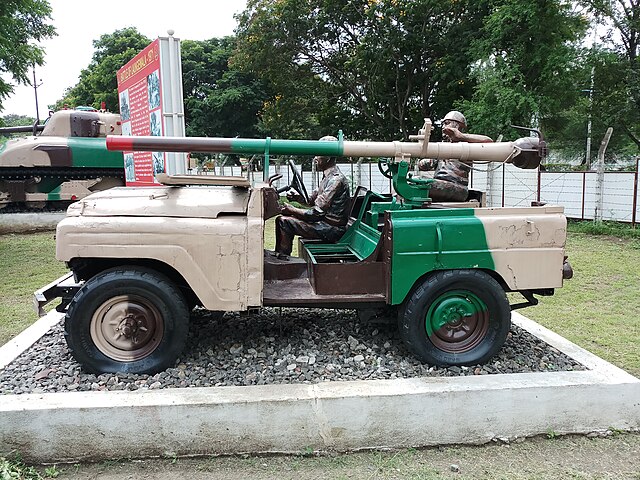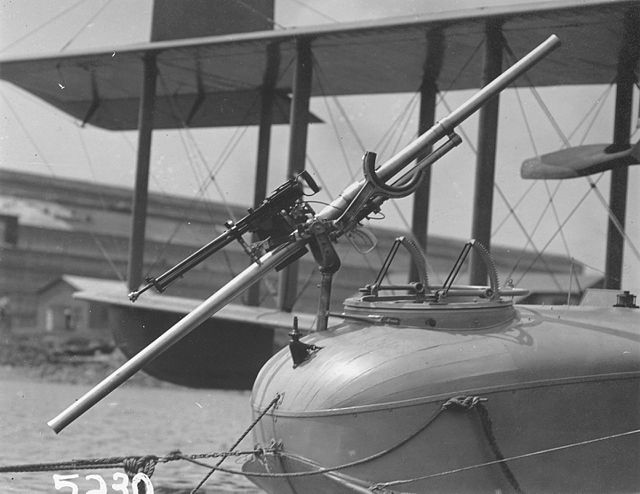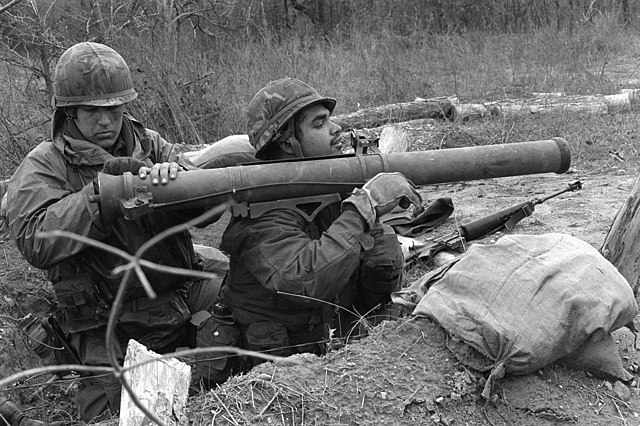120 mm BAT recoilless rifle
The L2 BAT was a 120 mm calibre recoilless anti-tank rifle used by the British Army. It was also produced in the MOBAT version without a gun shield, and the ConBAT version with a new spotting rifle attachment. The L6 Wombat version was greatly lightened through the use of magnesium alloys hence the name. The Wombat was used by mobile units such as paratroopers and marines. the Wombat was also issued to some TA battalions such as 5th Battalion, The Royal Anglian Regiment
A Wombat at Imperial War Museum Duxford
L6 Wombat being prepared for firing during winter training
Royal Marines Wombat outfitted Snow Trac on patrol in Norway
A recoilless rifle (rifled), recoilless launcher (smoothbore), or simply recoilless gun, sometimes abbreviated to "RR" or "RCL" is a type of lightweight artillery system or man-portable launcher that is designed to eject some form of countermass such as propellant gas from the rear of the weapon at the moment of firing, creating forward thrust that counteracts most of the weapon's recoil. This allows for the elimination of much of the heavy and bulky recoil-counteracting equipment of a conventional cannon as well as a thinner-walled barrel, and thus the launch of a relatively large projectile from a platform that would not be capable of handling the weight or recoil of a conventional gun of the same size. Technically, only devices that use spin-stabilized projectiles fired from a rifled barrel are recoilless rifles, while smoothbore variants are recoilless guns. This distinction is often lost, and both are often called recoilless rifles.

An M40 recoilless rifle on its M79 "wheelbarrow" tripod
Jonga, mounted with 105 mm RCL gun which destroyed most of the tanks during the 1971 Indo-Pakistani war
1.57-inch Davis recoilless gun mounted in the nose of an F5L flying boat, with a parallel Lewis machine gun. Photo circa 1918.
M67 recoilless rifle







